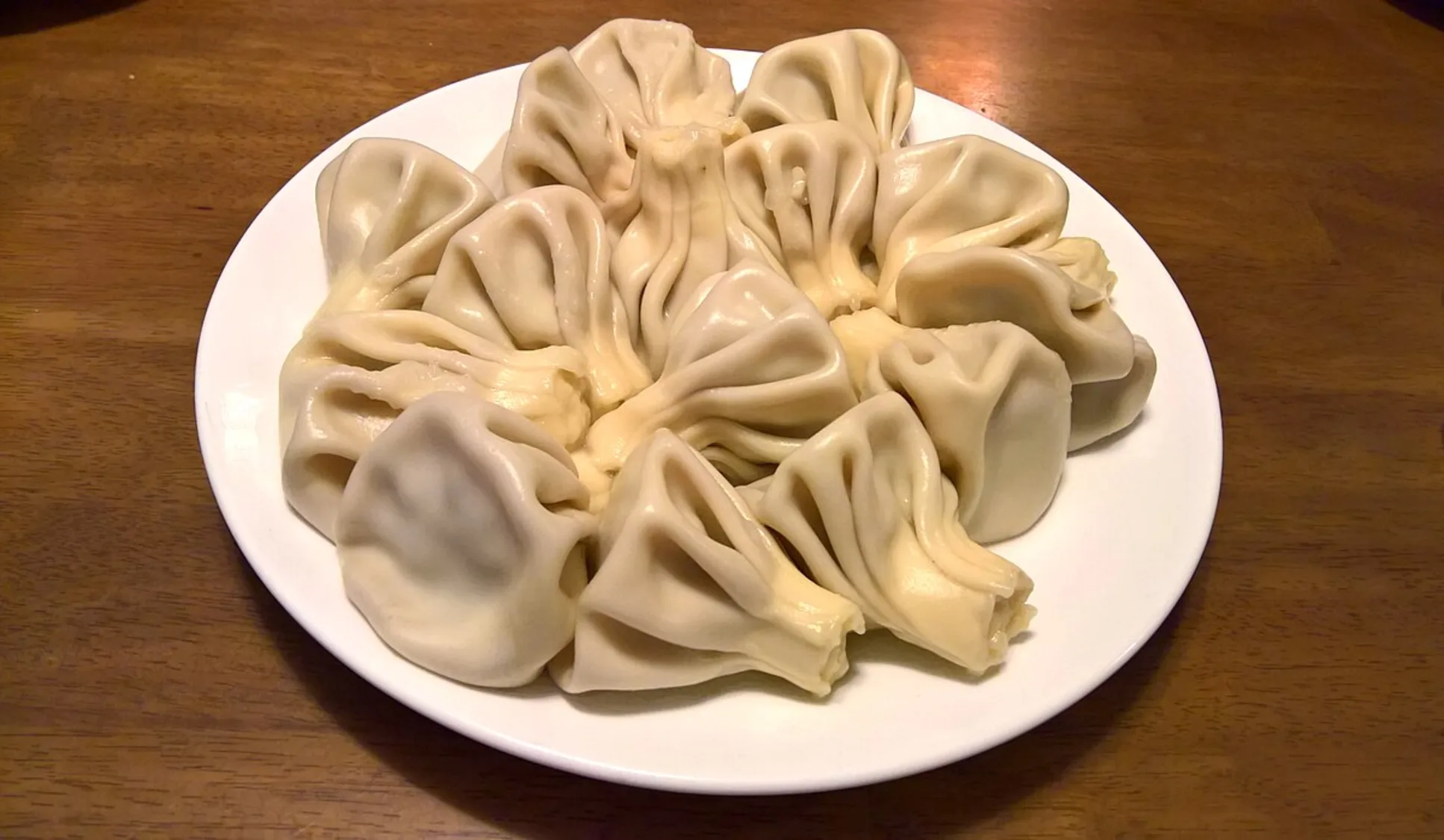
Khinkali
Georgian dumplings filled with spiced meat, traditionally eaten by hand and considered one of Georgia's national dishes.
Ingredients
- •Ground meat
- •Onions
- •Garlic
- •Cumin
- •Black pepper
- •Salt
- •Flour
- •Water
Instructions
Make dough
Mix flour, water and salt to make a firm dough. Rest for 30 minutes.
Prepare filling
Mix ground meat with spices, onions and garlic.
Form dumplings
Roll dough, cut circles, fill with meat mixture and pleat into dumplings.
Khinkali is one of Georgia's most beloved national dishes - juicy dumplings filled with spiced meat that have become a symbol of Georgian cuisine. These pleated dumplings are instantly recognizable by their twisted top knot, which serves as both a handle and a way to seal in the flavorful broth that forms during cooking.
The origin of khinkali can be traced back to Georgia's mountainous regions, where it was a hearty staple for shepherds and mountaineers. While the traditional filling is spiced meat (usually a mixture of pork and beef or lamb), modern variations include mushrooms, potatoes, or cheese for vegetarian options.
Making khinkali is considered an art form in Georgia. The dough must be rolled to the perfect thickness - thin enough to cook quickly but sturdy enough to hold the juicy filling. The number of pleats in each dumpling (typically 15-20) is often seen as a sign of the maker's expertise. The meat filling is deliberately made quite juicy, as the liquid creates a delicious broth inside the dumpling during cooking.
In Georgia, khinkali is eaten with hands using a specific technique: hold it by the topknot, turn it upside down, take a small bite from the side, and suck out the broth before eating the rest. The doughy topknot is traditionally not eaten - it's left on the plate as a way to count how many you've consumed!
While khinkali is quite healthy being steamed rather than fried, it's worth noting that each dumpling contains about 80-100 calories. The dish is typically served plain or with black pepper, and it's considered a faux pas to use utensils or add sauces. Georgians often pair khinkali with beer or chacha (Georgian grape vodka) for a complete traditional experience.
